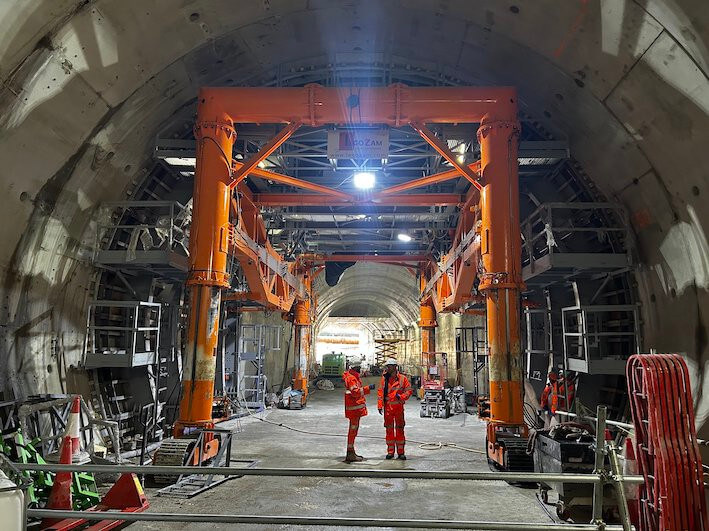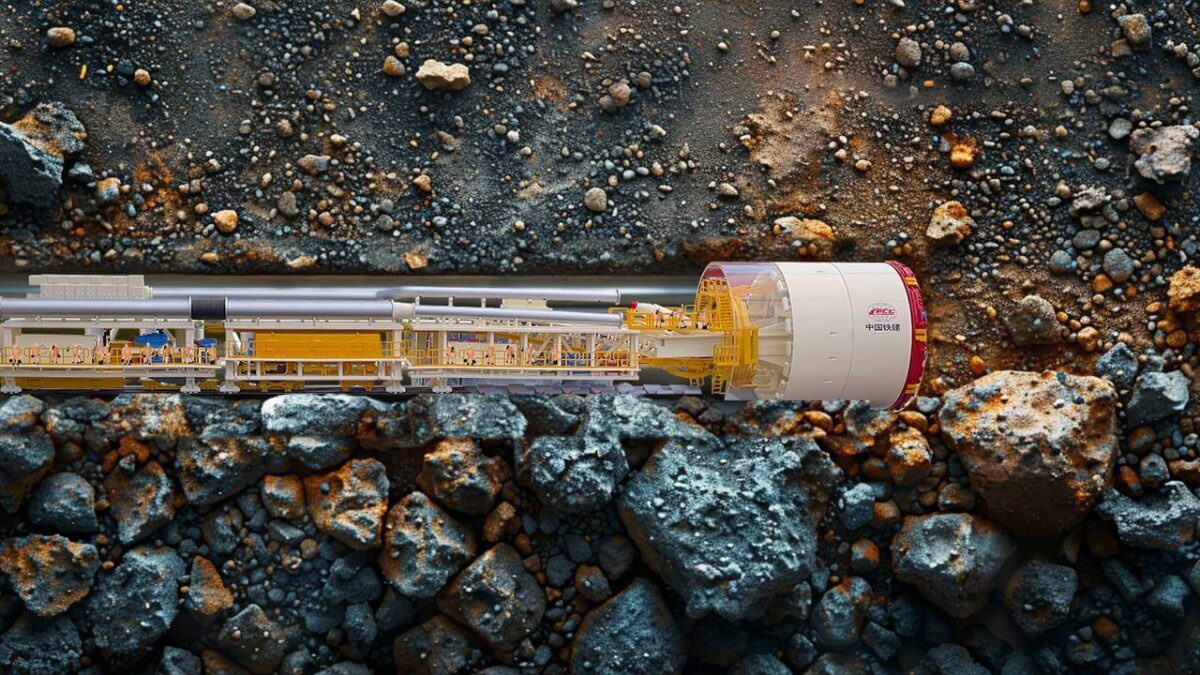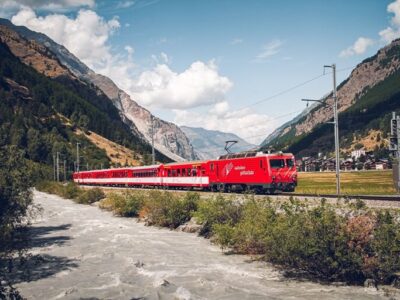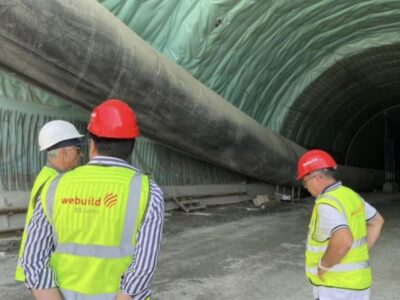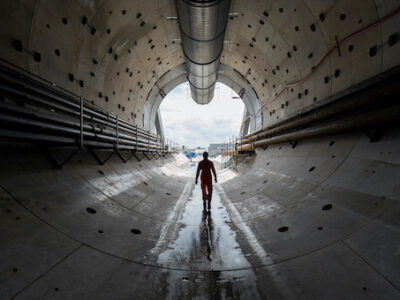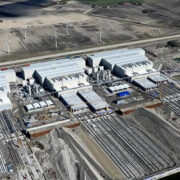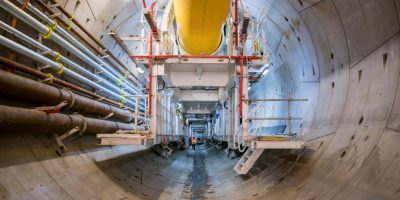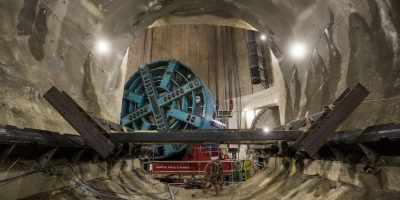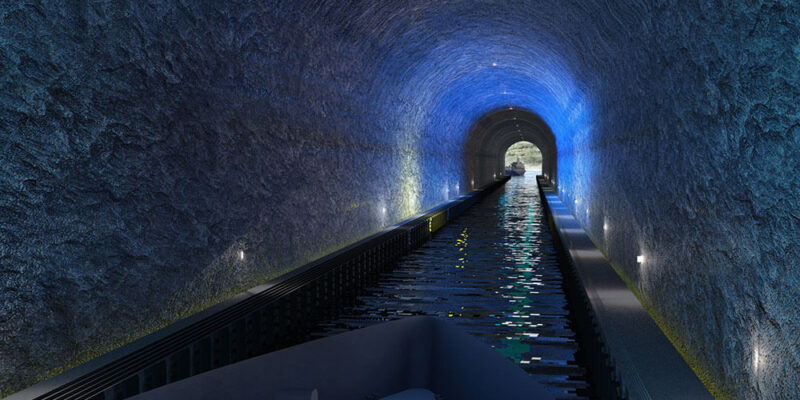
The Norwegian Coastal Administration has been authorized to construct the Stad ship tunnel, the world’s first full-scale ship tunnel, which intends to enhance accessibility and safety for sea transport past Stad, the most dangerous and weather-exposed stretch of sea along the Norwegian coast.
The ship tunnel is said to be constructed between Moldefjorden and Kjødepollen, in Vanylvsfjorden, where the Stad peninsula is at its narrowest. As reported, the tunnel will be 1.7 km long (2.2 km with entry areas), 50 m high, and with a width of 36 m − which means that vessels up to the size of the Kystruten/Hurtigruten will be able to sail safely past Stadlandet.
The building project must be undertaken by a main contractor via a turnkey contract, which will be revealed in 2024, and construction may begin in 2025.
Moreover, the project should be optimized to extract other benefits. The reuse of nearly 3 million cubic meters of solid rock, which corresponds to about 5.4 million cubic meters of blasted rock masses stone masses, is part of this optimization.
The program is to use roughly half near the tunnel for the entrance areas and new municipal business areas in Kjøde and Lesto, while the other half will be distributed to develop new or current ports and business areas in the municipalities near the ship tunnel.
In the municipalities near the ship tunnel, there is a shortage of rock masses and great interest among potential recipients. Overall, proposals have been received for more rock mass that is to be brought out of the tunnel.
The Norwegian Coastal Administration was recently near Vanylven, Stad, Kinn, and Sande municipalities and visited business players who want to get masses of rock from the Stad ship tunnel. The Norwegian Coastal Administration intends to ready a priority list of recipients who can expect stone from the ship tunnel early in the new year.
It is mentioned in the original order to the Coastal Administration that some stone masses will be used around the tunnel openings, and the rest will be deposited on the seabed in the Moldefjord. However, in a region where there is a shortage of masses and commercial land, efforts must be made to find a new benefit for the stone masses from the Stad ship tunnel instead of depositing them on the seabed.
Yet, loading stone on board in barges and transporting it by sea to industrial facilities is expensive. Thus, the Norwegian Coastal Administration is dependent on the fact that the stone for the two business areas on Lesto and Kjøde can be moved by a dump truck straight out of the tunnel opening. This option is much cheaper than transshipment to smaller trucks or to barge transport.
Nevertheless, it is difficult to get permission to drive trucks on the county roads in the area since it is not permitted to drive dump truck traffic on Norwegian roads.
The Coastal Administration is in dialogue with the Norwegian Road Administration about getting an exemption from the regulations.
Further information is available here.


